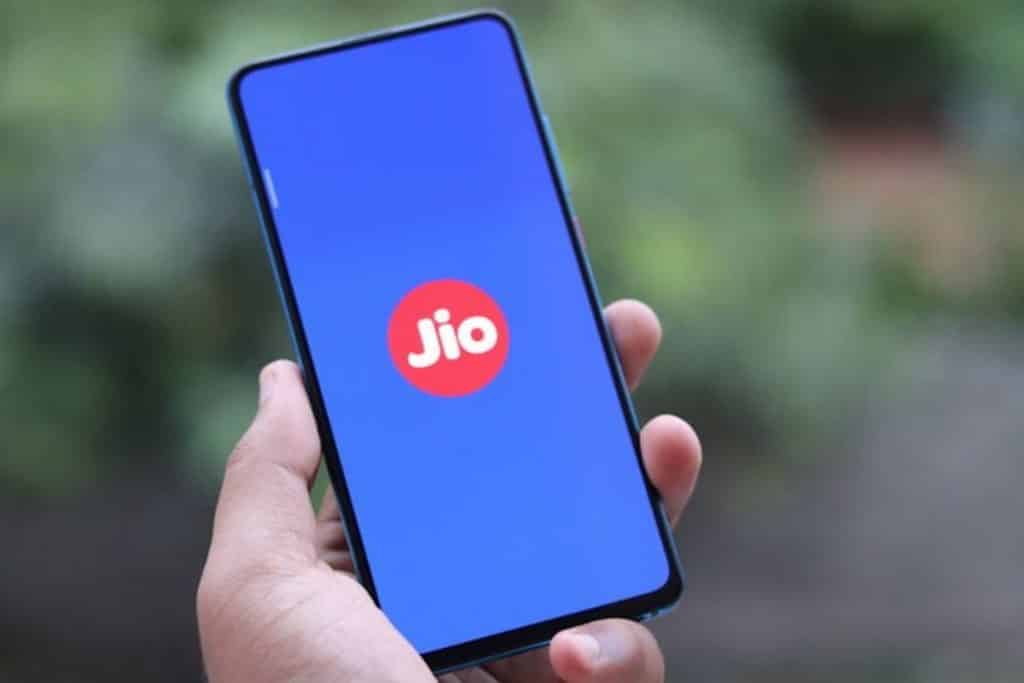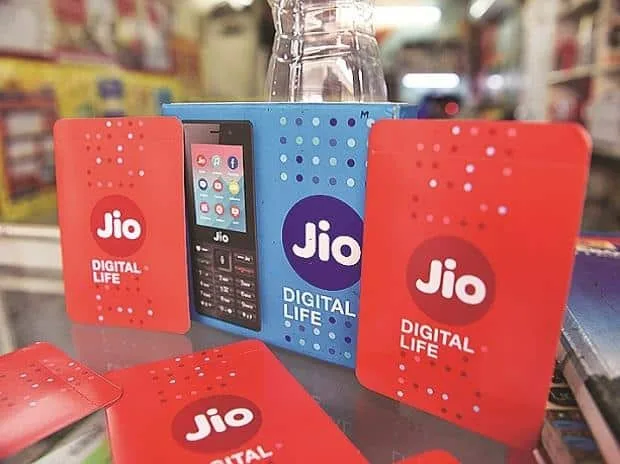Halloween appears to have come early this year as the week started off with a scare, the most reliable social media platforms, Facebook, Instagram, and WhatsApp along with Oculus VR all faced their longest outage since 2019.
The situation was unbelievable as many of us were questioning our own network connectivity before finally hearing that the social media sites were actually down.
Today Jio appears to have been the latest victim of an outage as the graph on Downdetector, a site dedicated to analyzing tens of millions of daily problem reports, showed a sharp spike around 11 AM.
This indicated a large number of complaints regarding disruptions in the Jio cellular network were reported around that time. With Jio down, social media users took to platforms such as Twitter where the #jiodown is currently trending, with users picking a day-old tweet from the Twitter handle of the Jio network to mock them over the disruption.
The Jio outages reported on Downdetector showed a steady hike from 9 AM onwards, with the graph peaking around 11 AM, at 11:08 AM, there were nearly 4,000 reports complaining of Jio cellular network outages across India.
Of the reported problems, 41% said there was no signal, 37% had trouble accessing their emails, while 23% of them faced a total blackout.
The live outage on Downdetector shows the ‘spikes’ in reports over time; it helps users gauge the kind of response the website is getting across the world. If there are a lot of spikes corresponding to the timestamps, it means that users all over the world are experiencing similar issues with the website. Downdetector also has a daily historical view of problem reports compared to the baseline volume.

So how exactly does Downdetector work?
According to its official site, it offers real-time status information for more than 6,000 services across 45 websites representing 45 countries. When a service provider’s customers are experiencing issues, Downdetector aggregates and analyses this data to determine the potential nature of the issue and then works to alert both the company and the community of possible issues.
As more and more users submit problem reports directly on a company status page on Downdetector, along with an indicator of the type of problem they are facing, the tracking service gathers data via Twitter and uses ‘sentiment analysis’ to detect issues for a given company and its location.
It also looks at other key indicators from across the web to determine if an extraordinary volume of users are having issues with a monitored company or service.
Also read:








